You might be familiar with "The Anatomy Lesson of Dr. Nicolaes Tulp," the iconic painting by Rembrandt van Rijn, in which a clan of gentlemen with poofy collars and pointy mustaches gathers round a corpse for a good old arm dissection. Here begins "The Anatomy Lesson," an art historical journey through the medical, scientific, and artistic, explorations of the human form. Beginning with Rembrandt's illustrious tutorial and leading up to contemporary commentary by Mr. Damien Hirst.
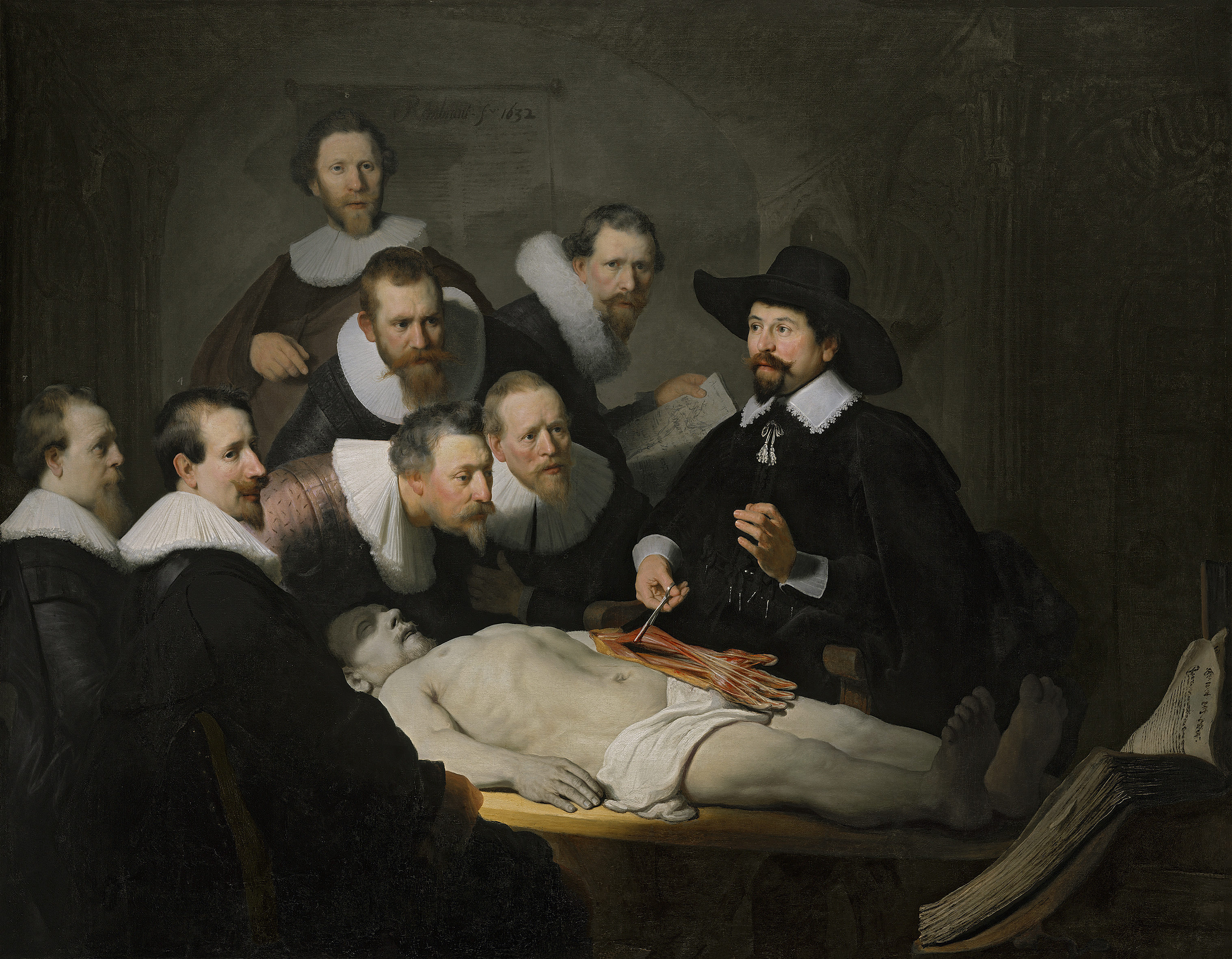
Rembrandt van Rijn (1606-1669), The Anatomy Lesson of Dr. Nicolaes Tulp, 1632, oil on canvas, 169.5 x 216.5 cm, Royal Picture Gallery Mauritshuis, The Hague. (Photo: Royal Picture Gallery Mauritshuis, The Hague)
The exhibition picks up in the 17th century, the Dutch Golden age, when the Theatrum Anatomicum was open to students, doctors, and laypeople who were able to pay the entrance fee. The general public was increasingly looking for answers to life's ailments, outside of religion, turning instead to the fabric of the body itself. In the words of the Gemeentemuseum Den Haag, "People went in search of the tangible reality and, as part of that quest, turned the body inside out."
As technology advanced, both scientists and artists explored the body as a site of knowledge and beauty, turning the most familiar of territories into a strange and complex enigma. "The Anatomy Lesson" features artworks realistic, abstract, cheeky and surreal, along with items pulled from the history of medical science. From surgical instruments to anatomical specimens, the chosen historical relics reveal how the evolution of science affected the evolution of art.
As technical abilities led to more knowledge regarding physical anatomy, more philosophical questions emerged -- questions regarding the relationship between the hidden and the exposed, the mind and the body, the known and the unknown. Later artists including Lucio Fontana, Marc Quinn and Matthew Day Jackson focus more on the philosophical repercussions and moral inquiries than the bodily displays themselves.
Take a miniature tour through the mutual understanding of the human form through the images below.
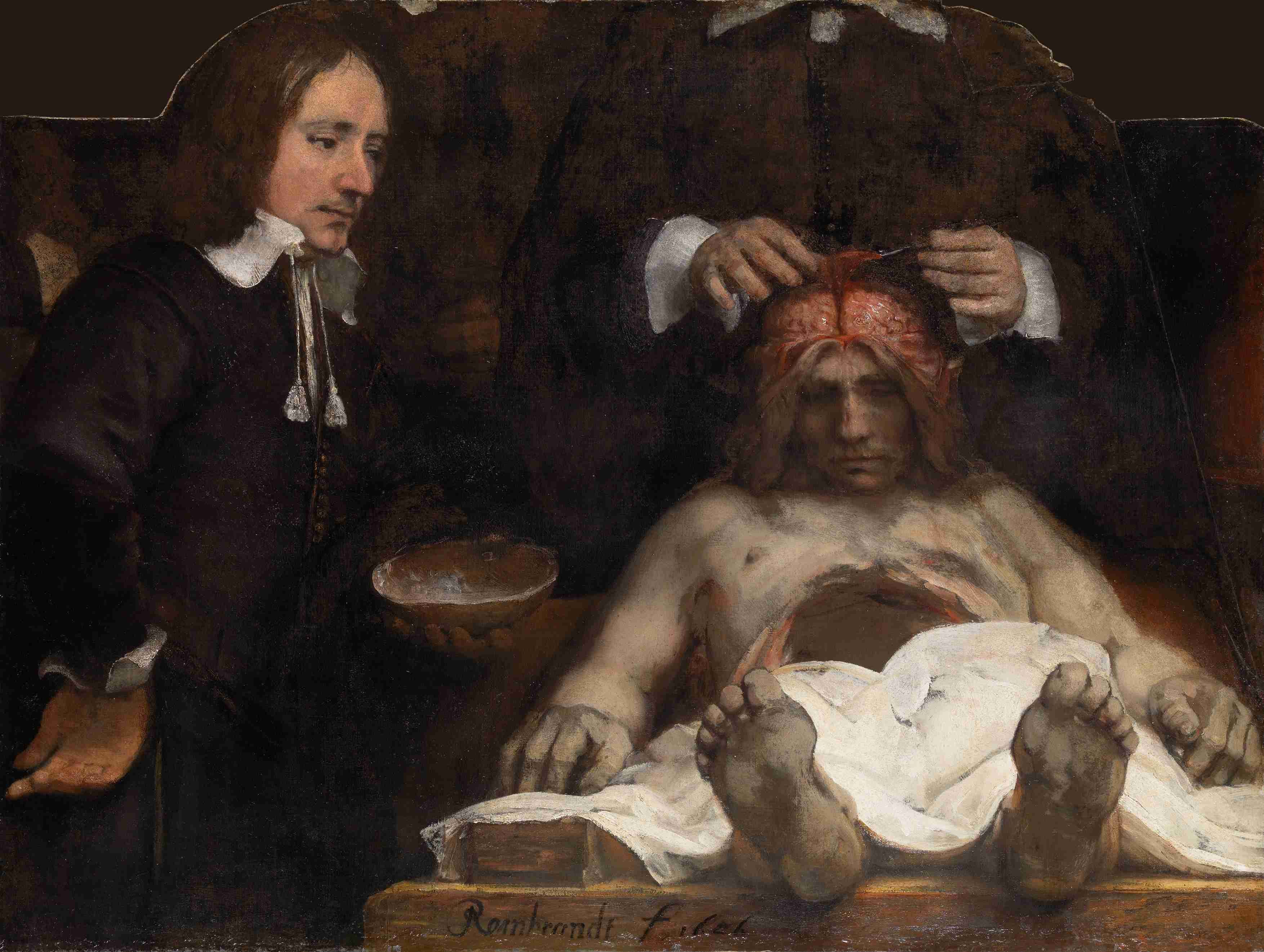
Rembrandt van Rijn (1606-1669), The Anatomy Lesson of Dr. Jan Deijman (fragment), 1656, Oil on canvas, 113 x 135 cm, Amsterdam Museum
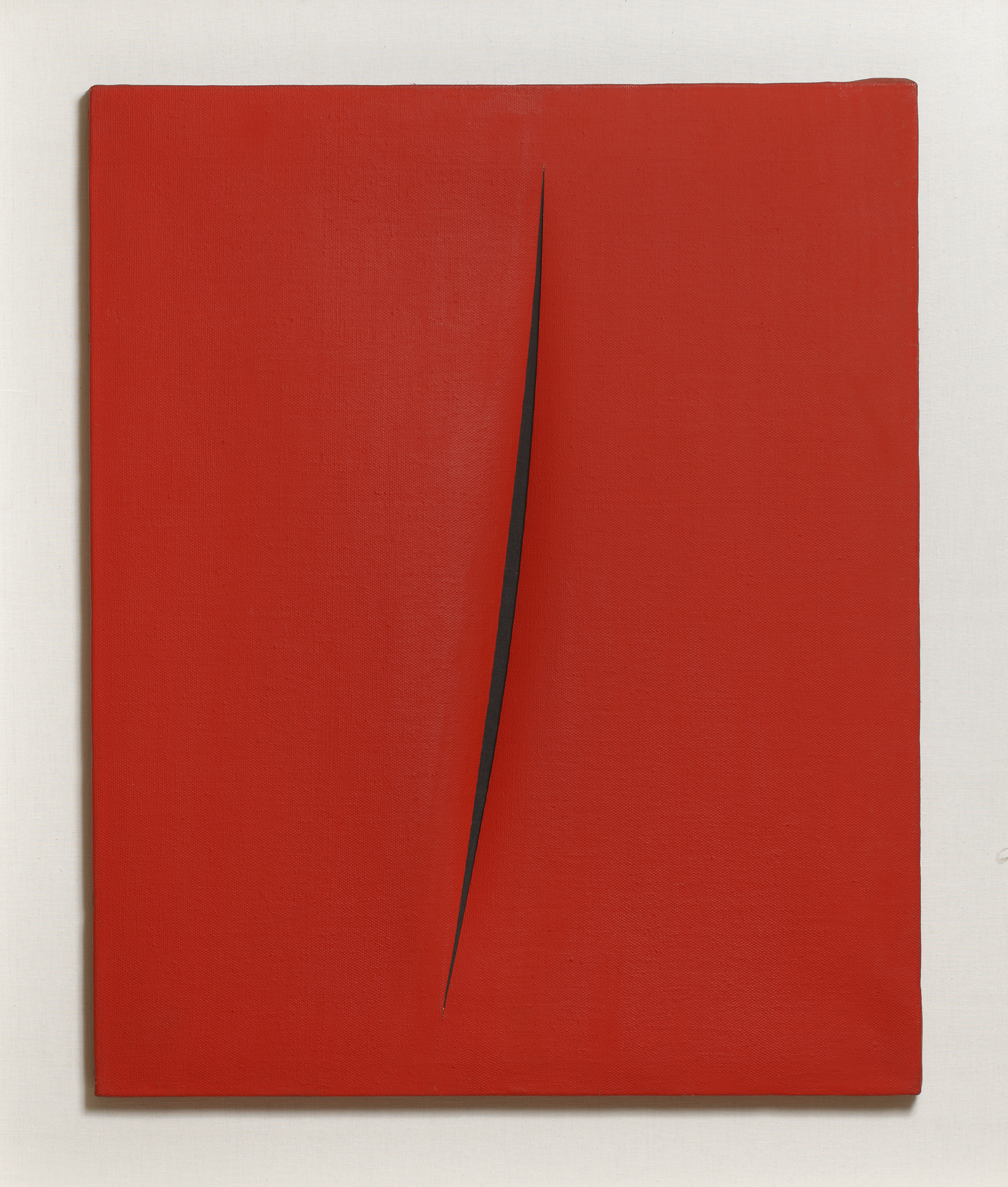
Lucio Fontana (1899-1968), Concetto Spaziale, Attesa, 1962, oil on canvas, 100.5 x 81.3 cm, Private collection. (Photo: J & M Zweerts Photography)
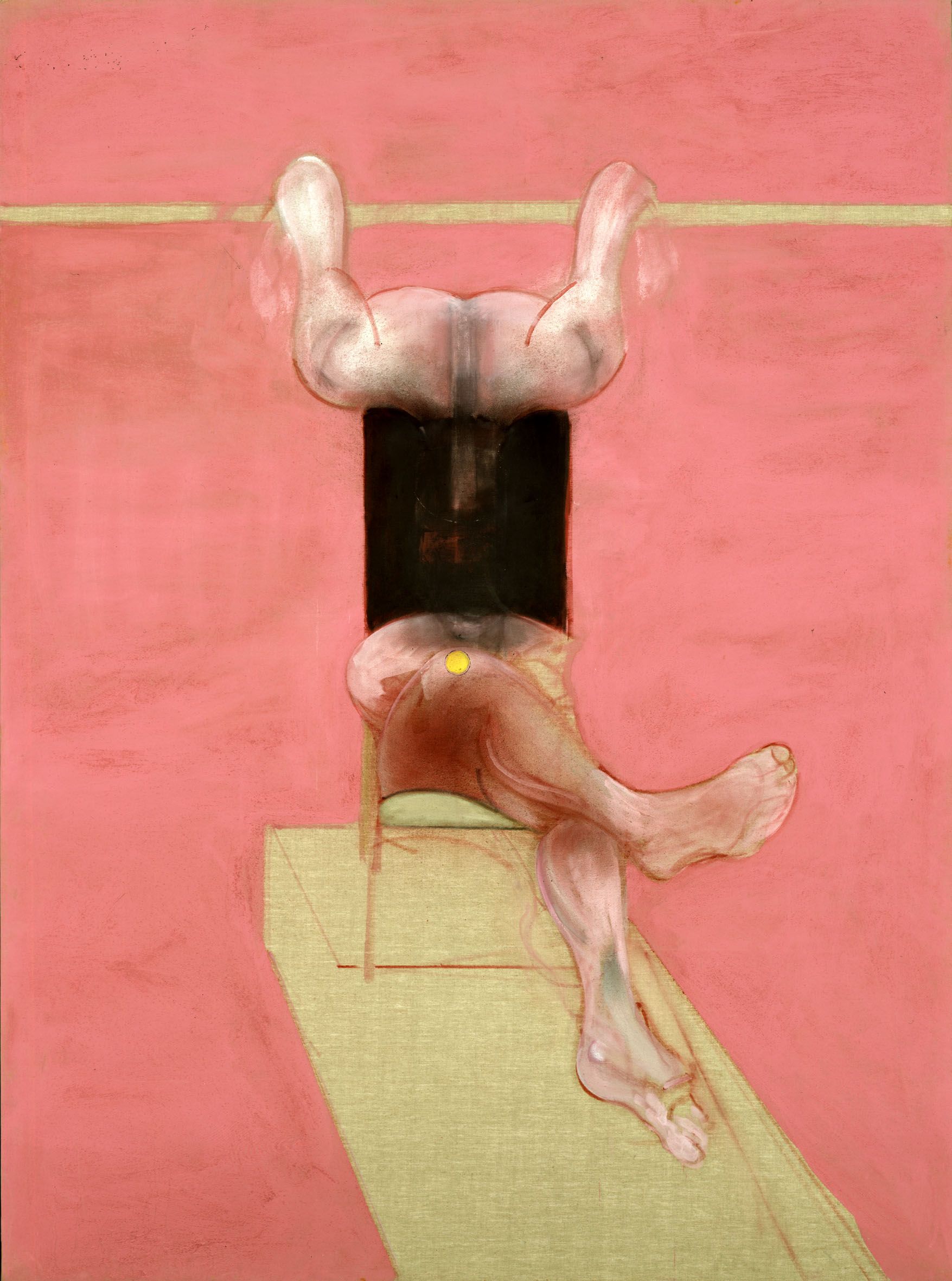
Francis Bacon (1909-1992), Seated Figure (Seated Figure), 1989, 193 x 147.5 cm, oil on canvas, The Estate of Francis Bacon. (Photo: The Estate of Francis Bacon)
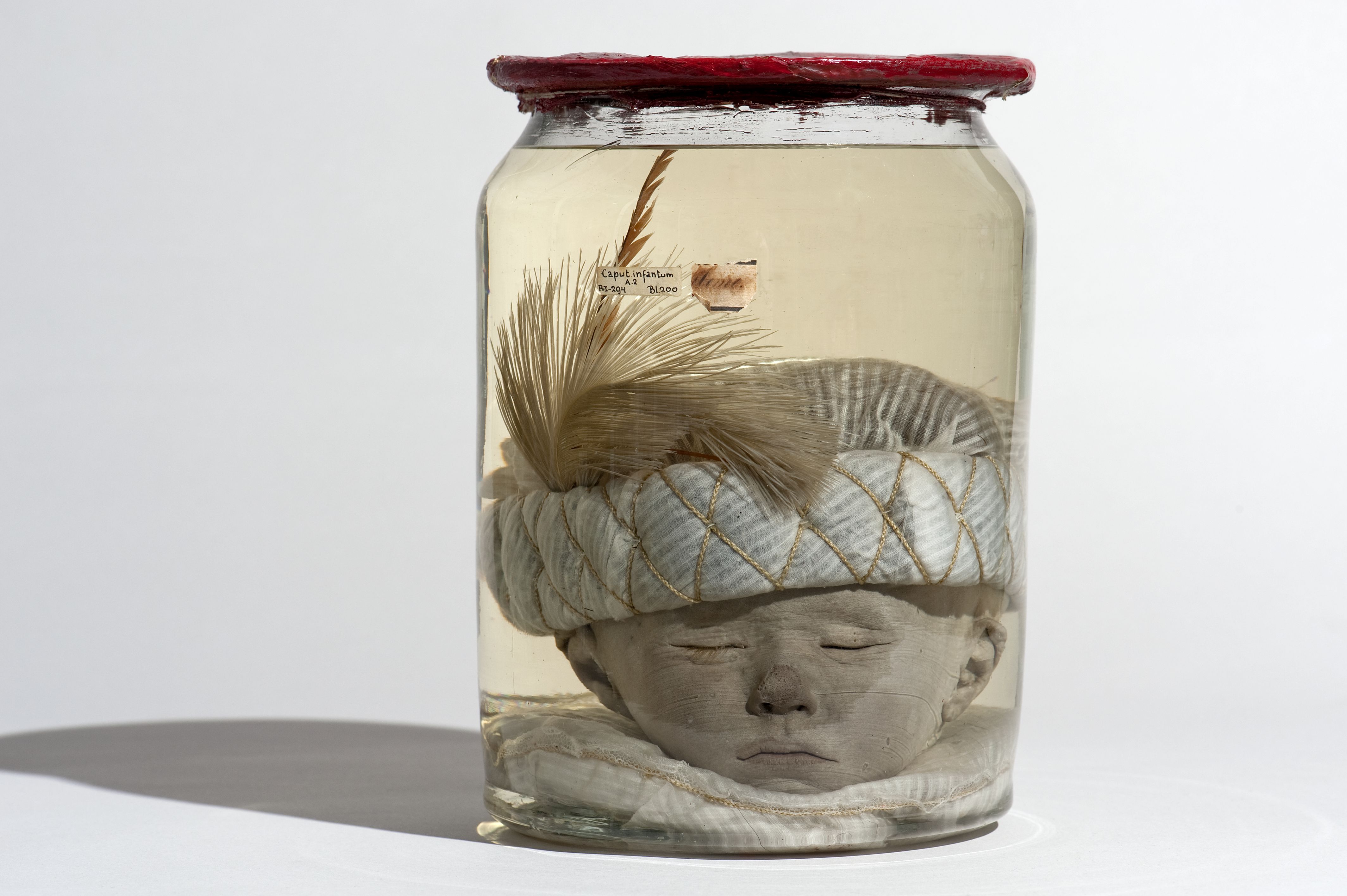
Frederik Ruysch (1638-1731), Baby Head with Turkish hat, ca 1720, prepared cobble, textiles and feathers, Bleulandinum Museum, University Medical Centre, Utrecht. (Photo: Museum Bleulandinum, University Medical Centre, Utrecht)
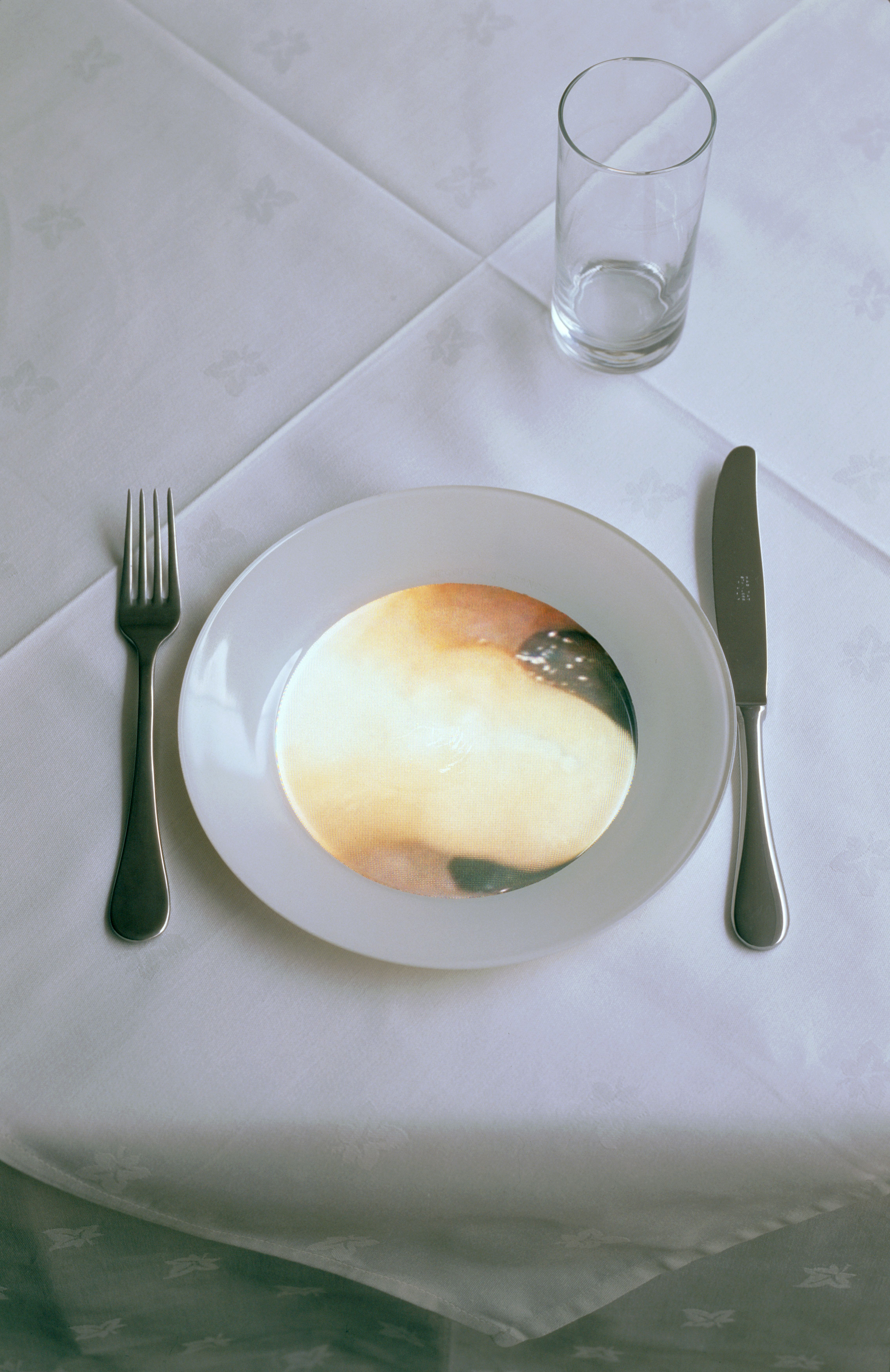
Mona Hatoum, Deep Throat, 1996, Table, chair, television, glass plate, fork, knife, water glass, laser disc, laser disc player, 89 x 85 x 130 cm, Private collection London
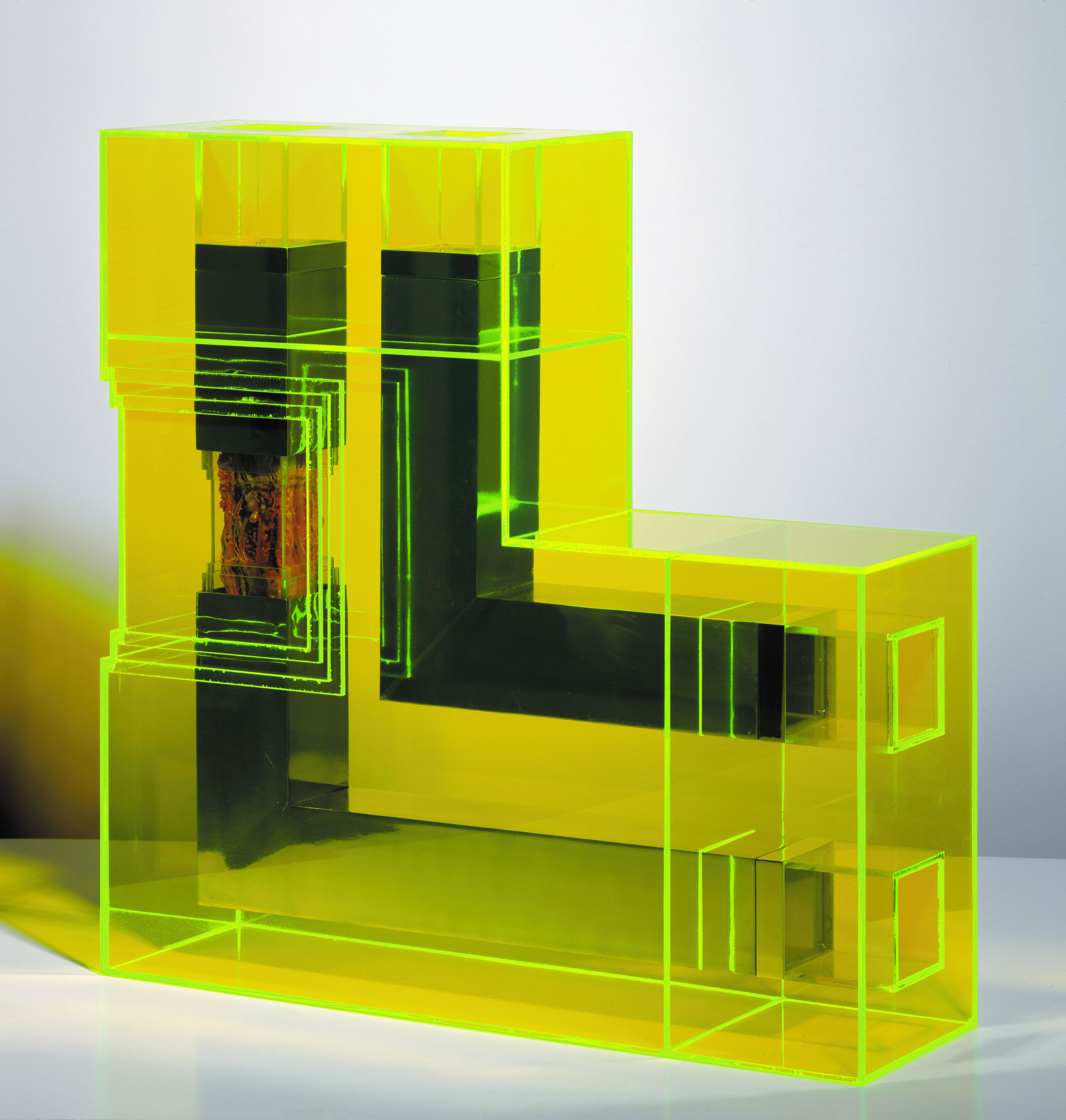
Paul Thek (1933-1988), L-Column (L-column), 1965 - '66, beeswax, plexiglass and metal, 77.5 x 77.5 x 23 cm, Caldic Collection, Wassenaar. (Photo: Caldic Collection, Wassenaar)
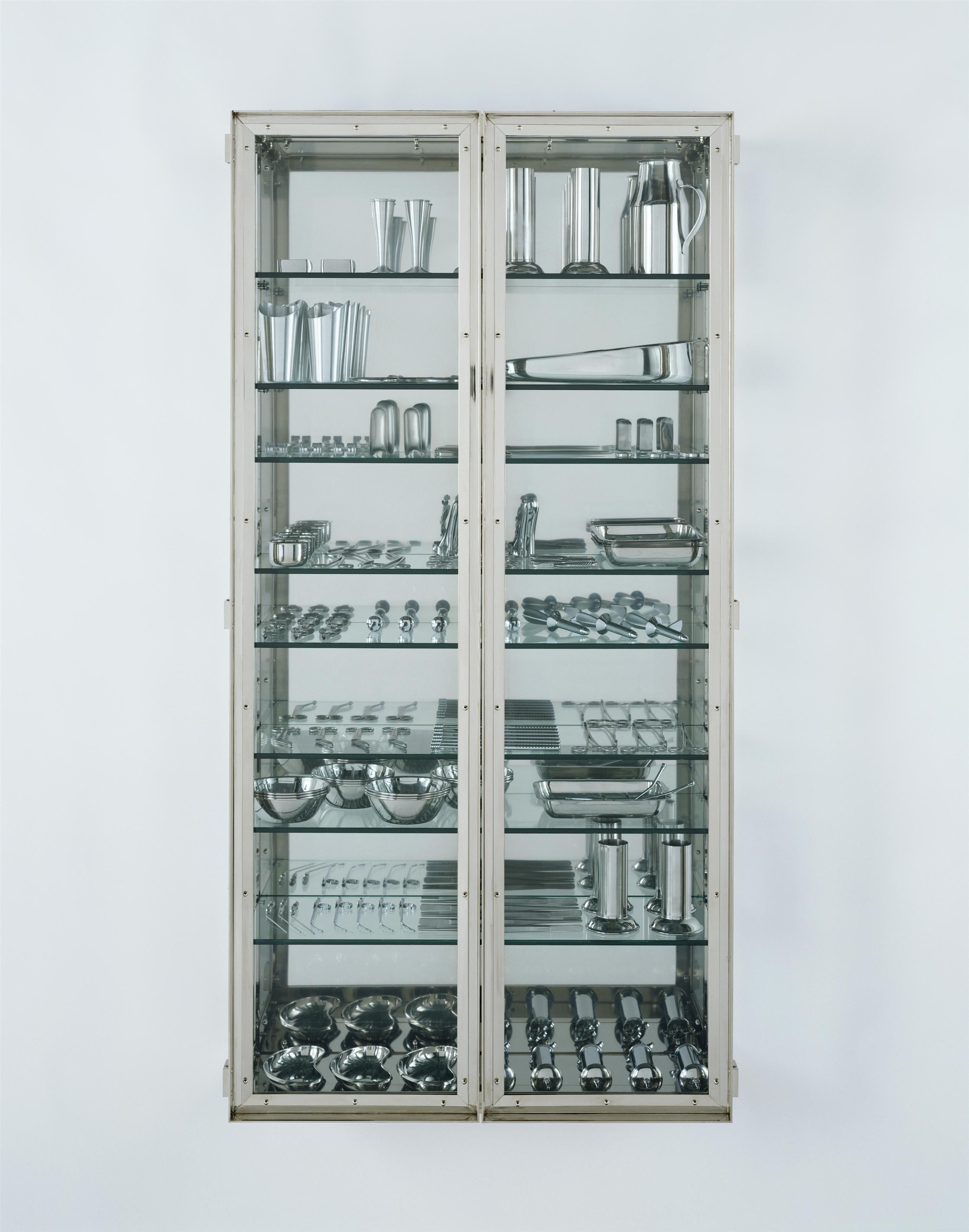
Damien Hirst, Fear (Fear), 1994, glass, stainless steel and surgical instruments, 180 x 90 x 36 cm, Courtesy White Cube © Damien Hirst and Science Ltd.. All rights reserved, Pictoright 2013
"The Anatomy Lesson" will shot at the Gemeentemuseum Den Haag until January 5, 2014.